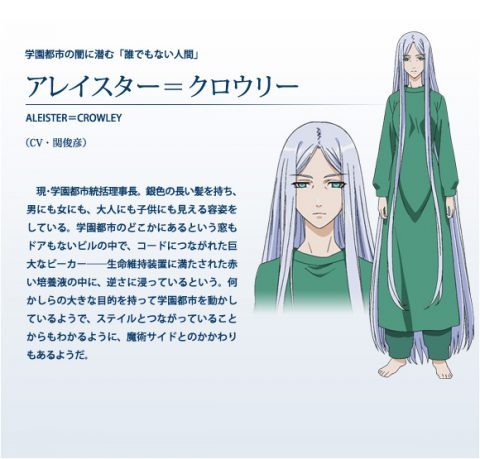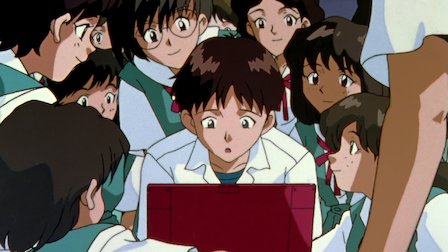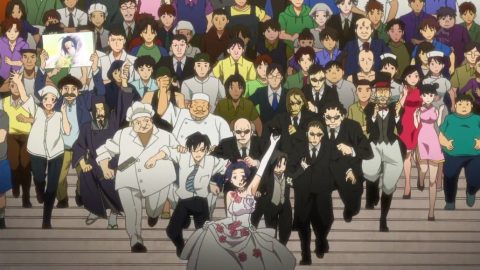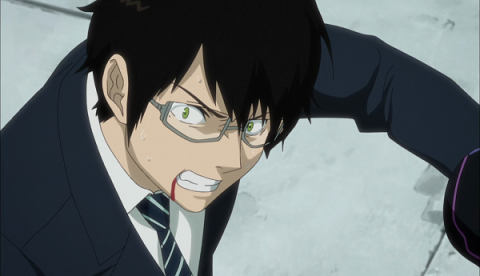Fifty-six years have passed since the original Ultraman series first aired as a television series, and the Ultraman series has grown into a major genre enjoyed by everyone, from children to grandparents. The Ultraman series is perhaps the only children's television program genre that even the grandparents can relate to. It's safe to say that these works are particularly important in the history of Japanese video production. Despite this nationally beloved series, did you know that no Ultraman series were produced for a while? While Ultraman is often thought of as a series that is constantly being produced, the Showa Ultraman series, which began with the original Ultraman, ceased broadcasting with Ultraman 80 in 1980. With the Heisei era upon us, and with the question of whether the Ultraman series would fall into disuse, the Heisei era ushered in a long-awaited revival, and this is the Heisei Ultraman trilogy we'll be introducing today. This article will introduce the Heisei Ultraman trilogy, arguably the most important series in the history of the Ultraman series. This series is deeply connected to Ultraman Decker, which will be released this year, so be sure to check it out.
What is the Heisei Ultraman Trilogy?
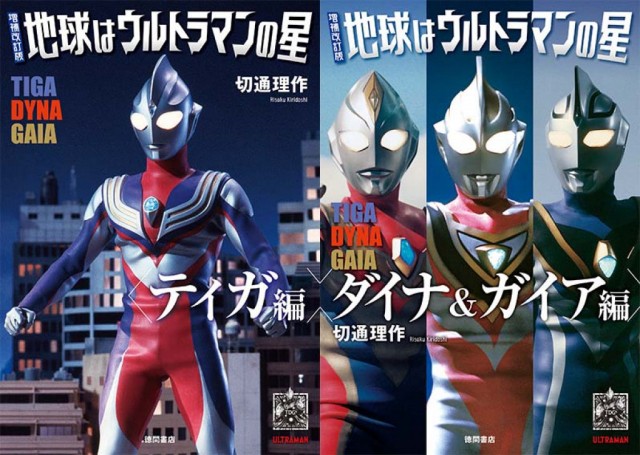
Readers unfamiliar with Ultraman may be wondering, "What's with the Heisei trilogy?" The Heisei trilogy is a collective term for the three Ultraman series that aired consecutively over three years starting in 1996: "Ultraman Tiga," followed by "Ultraman Dyna" and "Ultraman Gaia."
The Signal of the Ultraman Series' Revival
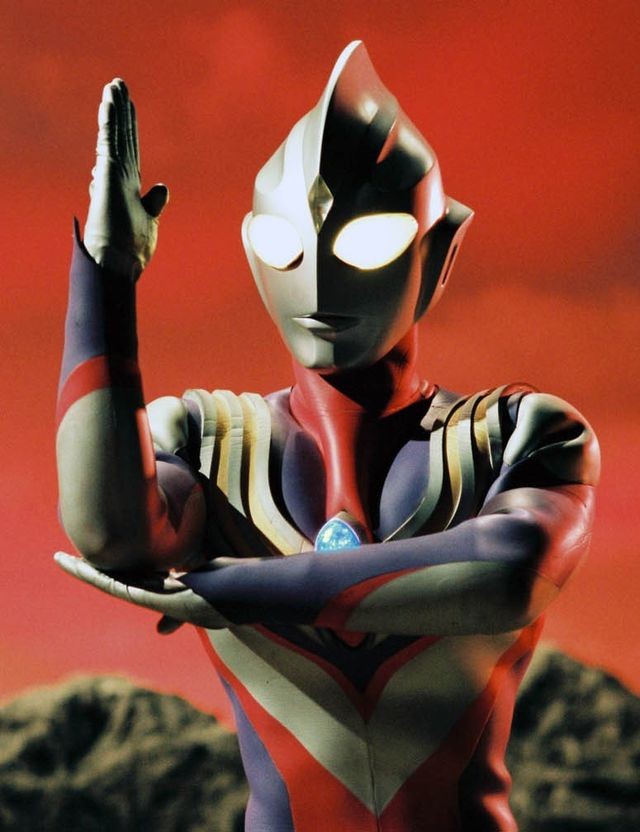
The reason this work is so important to the Ultraman series is that, as mentioned at the beginning, it marks the first Ultraman series to be broadcast in a long time, following the Showa series, which had stalled due to a peak in popularity.
A New Ultraman in Accordance with Heisei Values
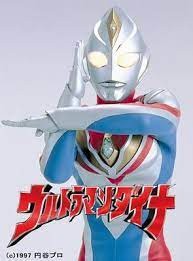
As a result, the Ultraman series underwent a dramatic shift after the Heisei Ultraman trilogy. By adopting expressions appropriate for the Heisei era and developing a unique style unconstrained by the traditions of the Ultraman series to date, the series successfully dispelled the image of Ultraman as "something for the Showa generation."
Had a major influence on subsequent Ultraman series
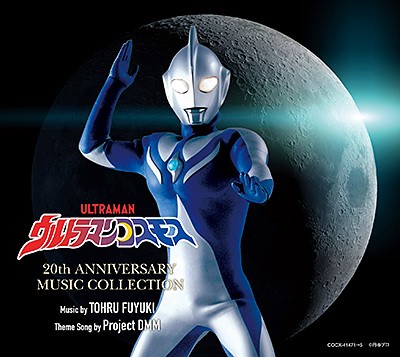
In this way, the Heisei Ultraman trilogy is a series of works that overturned the conventional wisdom of the Ultraman series by making in-depth changes in various aspects. For this reason, the Heisei trilogy had a major influence on subsequent Heisei Ultraman series.
There is no chronological connection to the Showa Ultraman series
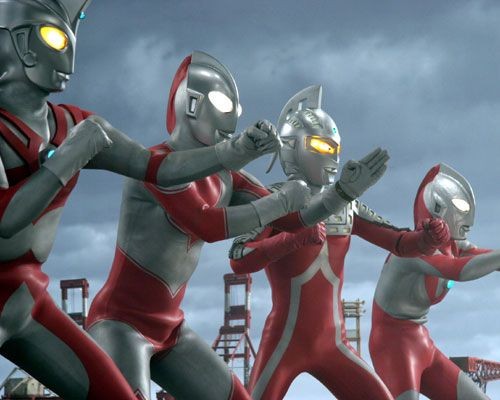
Therefore, in order to distance itself from previous Ultraman series, the Heisei Ultraman trilogy has no chronological connection to Showa Ultraman. This may be disappointing for readers who love Showa Ultraman. Instead, it offers a fresh and completely different story development from previous Ultraman series.
Highly Acclaimed Series
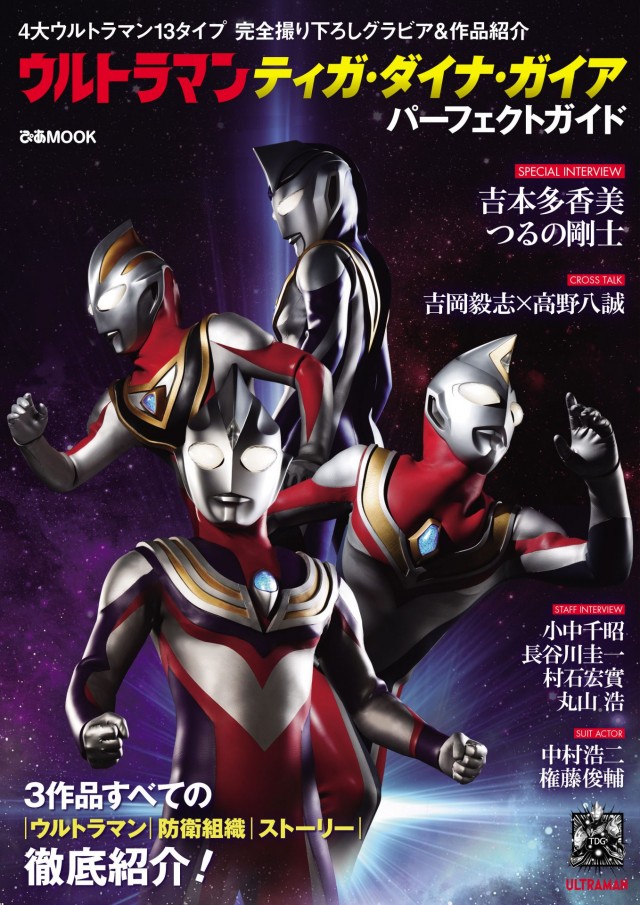
As a result, the Heisei Ultraman trilogy is a series that successfully portrays both a bold storyline and a new yet nostalgic image of Ultraman, without being constrained by previous Ultraman series. Even today, many Ultraman fans claim that the Heisei Ultraman trilogy is their favorite, even among the many series available.
Ultraman Tiga
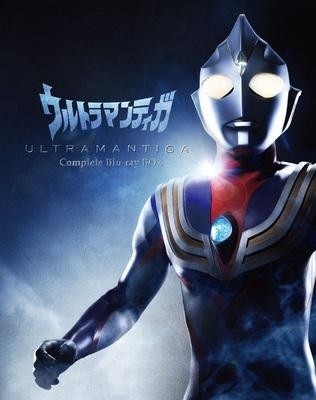
Now, I'd like to introduce Ultraman Tiga, the first of the Heisei Ultraman trilogy, a very important series in the Ultraman series. Tiga is one of the most popular Ultraman series in the Heisei Ultraman trilogy, so be sure to check it out!
Ancient Warriors!!
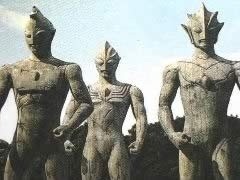
When thinking about Ultraman Tiga's distinctive features, the first thing that comes to mind is that it's not a warrior from the Land of Light, but rather a super-ancient warrior who was sealed away in the super-ancient era.
The Achievements of Ultraman Tiga

When you think of Ultraman, you probably imagine him as an alien from the M78 Nebula. However, Tiga's novel element is that it's questionable whether he's even an alien at all. This challenging change in setting is the achievement of Ultraman Tiga, the first of the Heisei Ultraman trilogy!
It's packed with elements never before seen in Ultraman!
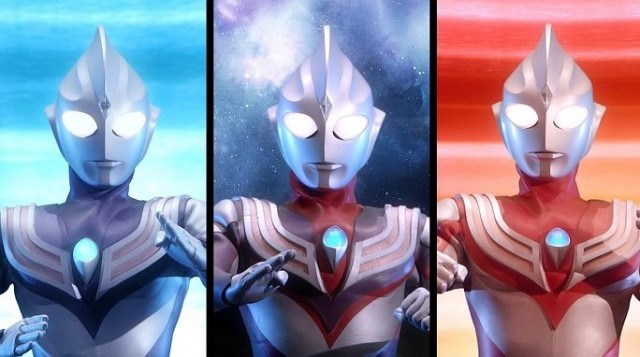
In this way, Ultraman Tiga is an Ultraman series that completely overturned the conventional wisdom of the Ultraman series!
In addition to its setting as a super-ancient warrior, the series also introduced many famous elements that have been carried over to subsequent Ultraman series, such as the ability to change types during battle to match the enemy's characteristics.
Ultraman Dyna
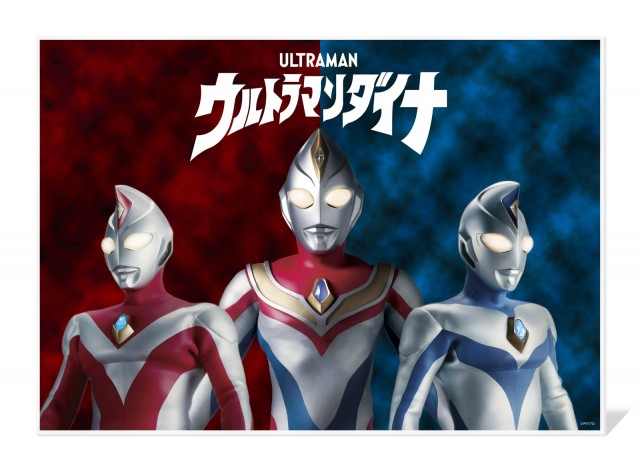
This is the second film in the Heisei Ultraman trilogy. Set several years after Ultraman Tiga, this work clearly connects to the series and continues to uphold Ultraman Tiga's spirit of challenge and commitment to tradition.
The origin of Ultraman Decker!!

Ultraman Dyna is the sequel to Ultraman Tiga, but it's actually the inspiration for Ultraman Decker, which will air this year!
Let's have fun with Ultraman Decker!!
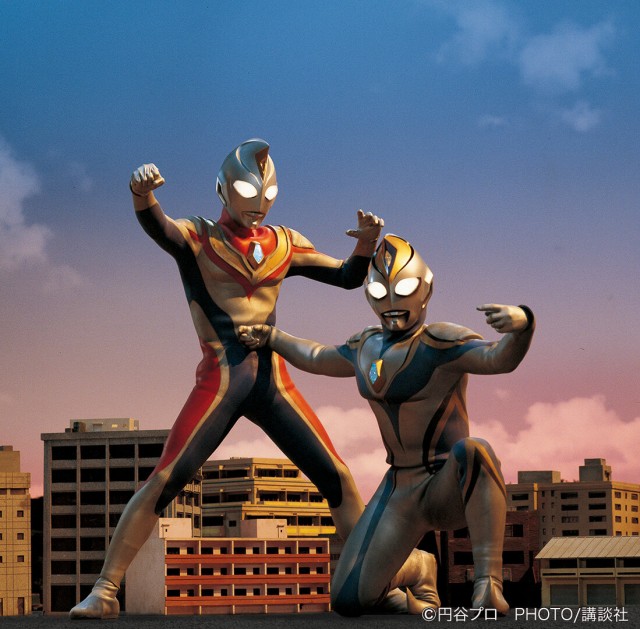
That's why this work is the most anticipated of the Heisei Ultraman trilogy this year! It would be interesting to watch Ultraman Dyna along with Ultraman Decker and compare the two Ultraman series from the Reiwa and Heisei eras!
The near-future worldview is fascinating!!
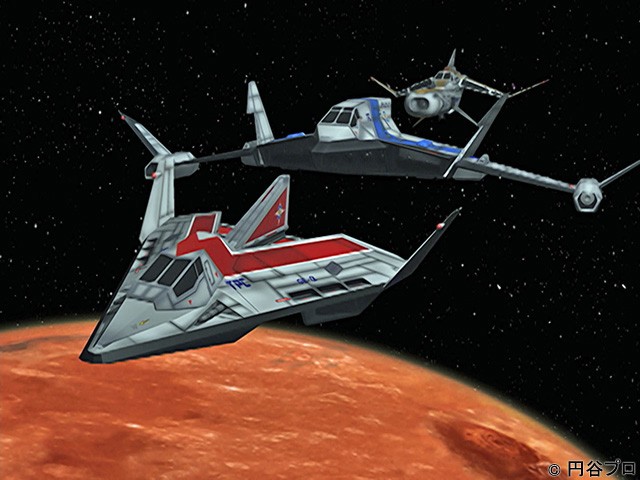
Ultraman Dyna is particularly notable for its grand-scale worldview set in the near future. As a result, it depicts many battles in space and on other planets, making it a new and evolved Ultraman series in terms of battle depictions.
Ultraman Gaia
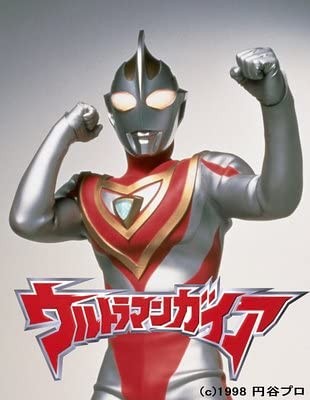
Ultraman Gaia is the final installment of the Heisei Ultraman trilogy. As the name Gaia suggests, Ultraman Gaia is a giant born of Earth's earth, endowed with superhuman strength. Like Tiga, he is an Ultraman from Earth, so even his origins reflect the legacy of the Heisei Ultraman trilogy.
Everything is new!
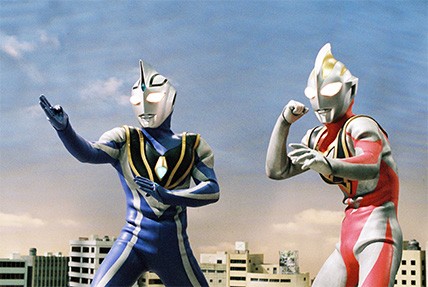
Ultraman Gaia further highlights the adventurous spirit of the previous Heisei Ultraman trilogy. It features the second Ultraman, something that had never happened before, and depicts the protagonist's transformation into Gaia not by chance, but by willingly becoming one with Gaia. This work is arguably the most radical departure from the conventions of the Ultraman series to date.
It still has many fans
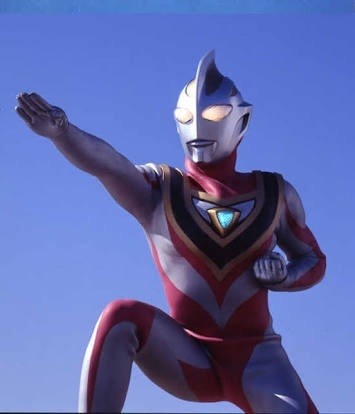
Ultraman Gaia follows a bold storyline that goes beyond the boundaries of previous Ultraman works, while also adhering to the traditions that the Ultraman series must uphold. This exquisite balance continues to captivate many fans. Thanks to the popularity of its opening theme song, it's a work that is still frequently heard.
The Heisei Trilogy is back!?

The Heisei Ultraman trilogy, consisting of Tiga, Dyna, and Gaia, remains fondly in the hearts of many people. But did you know that these works are being revived as a new TV series in the Reiwa era?
Let's connect the Heisei trilogy to the Reiwa era!
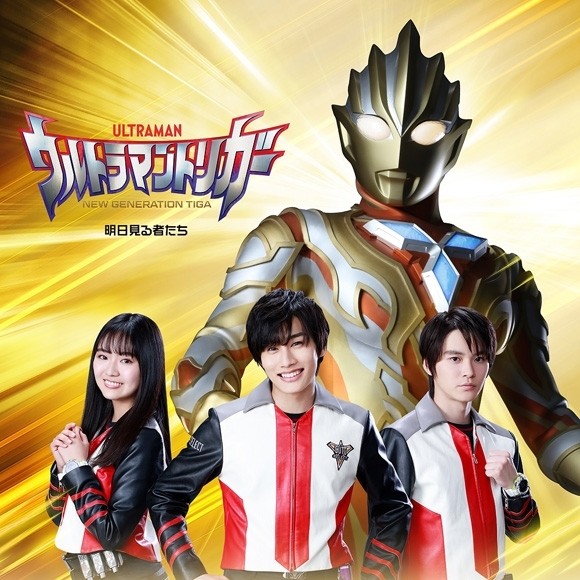
Ultraman Trigger, which aired in 2021, is a modern adaptation of Ultraman Tiga, the first of the Heisei Ultraman trilogy. Most of the organizations and items featured in the series are adaptations of those that appeared in Ultraman Tiga, making it more than just a revival of Ultraman Tiga; it's a remake suited to the Reiwa era.
Decker is back! This is the second installment!
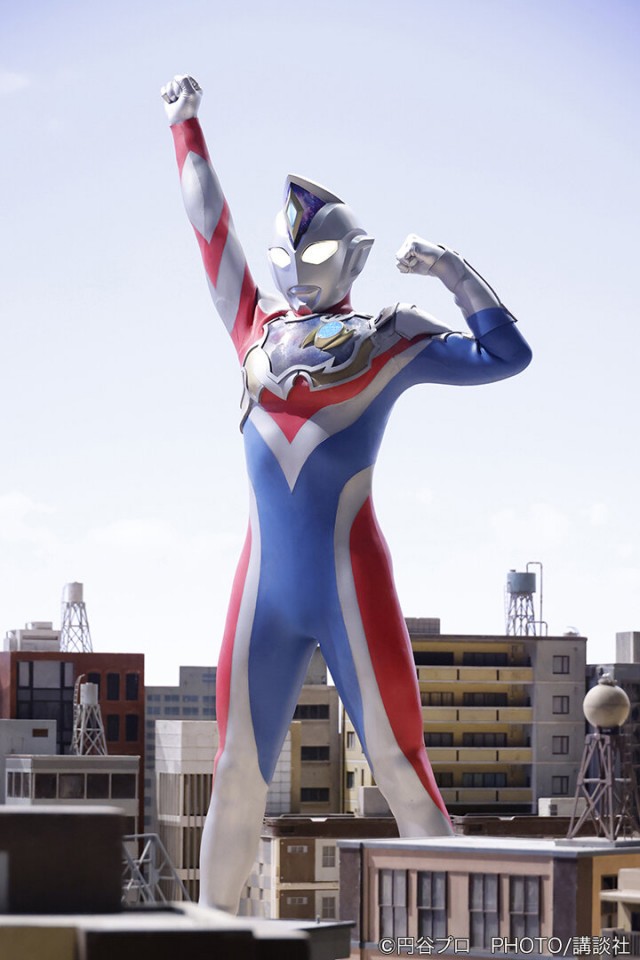
And it's been publicly announced that the latest series, Ultraman Decker, which will air this year, is a modern-day homage to Ultraman Dyna. It's very stylish to start the series that marks the beginning of the Reiwa era with an homage to the series that ushered in the Heisei era!!
Next up might be Ultraman Gaia!!
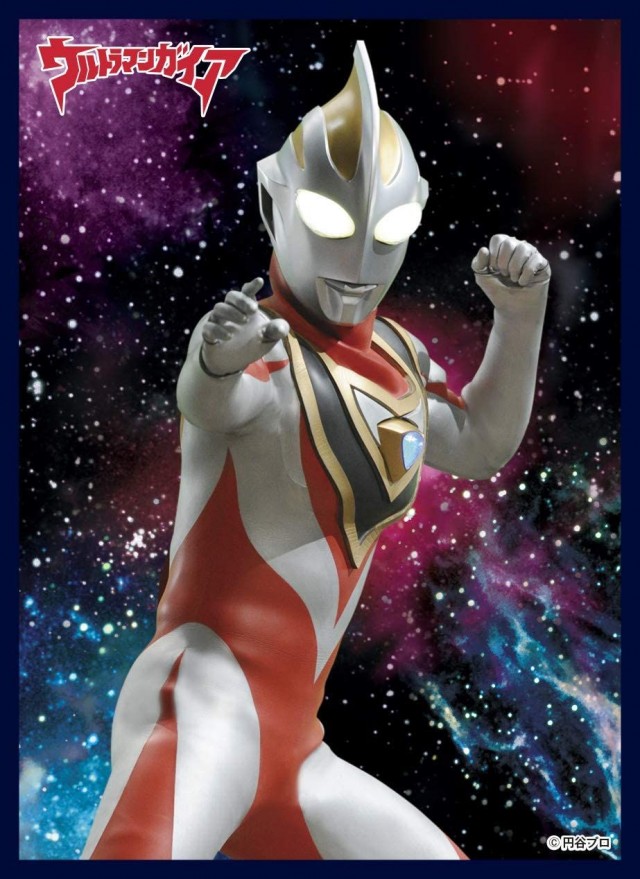
Ultraman Decker will apparently pay homage to Ultraman Dyna. Since Trigger was Tiga and Decker was Dyna, it seems likely that the next Ultraman series will be based on Gaia! It may be premature, as Decker hasn't even aired yet, but I'm already looking forward to seeing the Reiwa version of Ultraman Dyna!
Summary
What did you think? This time, we've introduced the Heisei Ultraman trilogy, which you absolutely need to know before enjoying Ultraman Decker, which will air this year. It's interesting that the new Ultraman series airing in the Reiwa era is heavily influenced by the Heisei Ultraman series. In an age where the generation that enjoyed the Heisei Ultraman trilogy is now becoming the father and mother generation, we hope to see Decker play an active role as the new Ultraman of the modern era.

